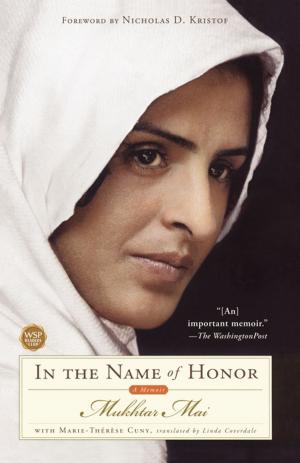The Real Musashi III: A Miscellany
Nonfiction, History, Asian, Japan, Military, Strategy, Biography & Memoir, Historical| Author: | William de Lange | ISBN: | 9781891640865 |
| Publisher: | Floating World Editions | Publication: | February 16, 2016 |
| Imprint: | Language: | English |
| Author: | William de Lange |
| ISBN: | 9781891640865 |
| Publisher: | Floating World Editions |
| Publication: | February 16, 2016 |
| Imprint: | |
| Language: | English |
Miyamoto Musashi (c. 1584-1645) is the most revered and celebrated swordsman in Japanese history; unfortunately, our modern portrait of this folk hero is derived mainly from popular books, comics, and film, with little heed paid to the early records by men who knew Musashi, practiced with Musashi, and went into battle with Musashi.
Spanning a period of more than a decade, the author set out to translate all surviving records on Musashi. The result is a body of text comprising some 150,000 words, mostly written during Japan's feudal era. They range from original accounts of duels, battles, and sieges, local histories and topographies, down to personal correspondence, clan records, family lineages, and roll calls. The fruit of that labor of love, the groundbreaking three-part The Real Musashi series makes available to the English reader virtually all of the extant early historical material relevant to the life of this enigmatic and solitary swordsman. All texts are accompanied by extensive notes that help to clarify and put them in perspective.
Part III, A Miscellany, presents translations of nearly two dozen texts describing important events in Musashi's life, dating from the mid-seventeenth to the late-nineteenth century. They include the Tomari jinja munefuda, traceable to the swordsman's adopted son Iori, and the Numata kaki, written by the keeper of the castle where Musashi stayed at the time of his famous duel on Ganryu Island. They throw new and refreshing light on many aspects of Musashi's life--his encounters with the members of the Yoshioka clan, the events leading up to his duel with Sasaki Kojirō, his heroic role in the siege of Osaka castle, his contribution to the reconstruction of Akashi castle, his liaisons with women, and his remarkable artistic talents.
Miyamoto Musashi (c. 1584-1645) is the most revered and celebrated swordsman in Japanese history; unfortunately, our modern portrait of this folk hero is derived mainly from popular books, comics, and film, with little heed paid to the early records by men who knew Musashi, practiced with Musashi, and went into battle with Musashi.
Spanning a period of more than a decade, the author set out to translate all surviving records on Musashi. The result is a body of text comprising some 150,000 words, mostly written during Japan's feudal era. They range from original accounts of duels, battles, and sieges, local histories and topographies, down to personal correspondence, clan records, family lineages, and roll calls. The fruit of that labor of love, the groundbreaking three-part The Real Musashi series makes available to the English reader virtually all of the extant early historical material relevant to the life of this enigmatic and solitary swordsman. All texts are accompanied by extensive notes that help to clarify and put them in perspective.
Part III, A Miscellany, presents translations of nearly two dozen texts describing important events in Musashi's life, dating from the mid-seventeenth to the late-nineteenth century. They include the Tomari jinja munefuda, traceable to the swordsman's adopted son Iori, and the Numata kaki, written by the keeper of the castle where Musashi stayed at the time of his famous duel on Ganryu Island. They throw new and refreshing light on many aspects of Musashi's life--his encounters with the members of the Yoshioka clan, the events leading up to his duel with Sasaki Kojirō, his heroic role in the siege of Osaka castle, his contribution to the reconstruction of Akashi castle, his liaisons with women, and his remarkable artistic talents.















